Europe-China Forum
Next event In person & livestreamed
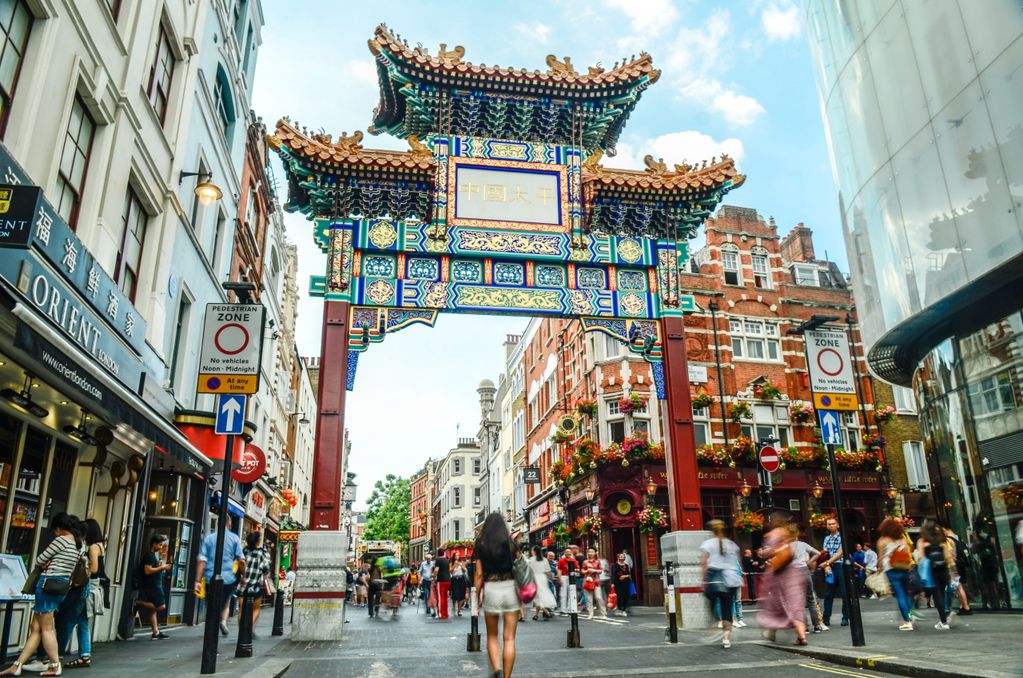
- Area of Expertise
- Global Europe

Founder & CEO at Sayfty
“Today I am one of the 11 women presidents of the world, the first female president in the region.” This comment came from Salome Zourabichvili, President of Georgia, at this year’s UN General Assembly. With more than 190 leaders worldwide, her observation is indicative of the enormous gender imbalance that still exists in politics.
According to the World Economic Forum’s (WEF) Global Gender Gap Report 2018, while there is near parity among men and women in education and health, a significant disparity exists in politics. Only 56 of the 146 nations – 38% — studied by the WEF between 2014 and 2016 have had a female head of state or government for at least one year in the past half-century. And as of February 2019, only 24.3% of all national parliamentarians were women.
From the local to the global level, women’s political participation and leadership is limited. Be it academia, civil service or political leadership, women everywhere are underrepresented. Structural barriers prevent women from running for office. Discriminatory laws and capacity gaps mean fewer women (compared to men) have the necessary resources in the form of education, finances and contacts to become effective leaders. Women continue to be marginalised from the political sphere because of gender stereotypes, lack of access and socio-structural barriers. According to UN Women, more than 150 countries still have laws that discriminate against women.
Women often face violence, intimidation and harassment when they contest in an election. Sometimes their participation is a threat to the dominance of male power and other times it challenges gender stereotypes. But the harassment does not end at the ballot box. Female politicians often face online abuse and are targeted through social media. For example, Diane Abbott, British Member of Parliament, received more than 25,000 abuse tweets over six months in 2017.
A prevailing unconscious bias leads many to believe that women are ‘not strong enough’ or that they ‘do not have the stomach for politics’
One of the biggest obstacles women face in politics is access to money. Often, political parties do not put their money behind women candidates, and on their own women find it hard to contest. For example, in the case of India, female employment rates tumbled from 35% in 2005 to 26% in 2018, which means that 10 million fewer women have jobs. How can women with no financial backing even dream of running for a seat?
Cultural and social norms serve as a further impediment. Women often face more scepticism about their ability to lead. A prevailing unconscious bias leads many to believe that women are ‘not strong enough’ or that they ‘do not have the stomach for politics’.
Then there are women who want to vote but cannot. For example, during the 2015 parliamentary by-elections in Lower Dir in Pakistan, none of the 53,000 eligible women voters turned up to vote. Family members, religious groups and armed men at polling stations deterred them. This is a telling example of the massive discrimination women face in their day-to-day lives.
In contrast, the 2019 elections in Kerala, India saw female voter turnout at 78.8% – higher than the 76.47% for men. This was likely the result of an earlier incident of violence against the Indian Supreme Court’s verdict allowing women and girls to enter the Sabarimala temple motivated.
So, why does placing women in leadership positions matter?
The global gender gap, as calculated by the WEF, now stands at 68%
Madeleine Albright said it best, “The world is wasting a precious resource in the dramatic underrepresentation of women in leadership positions, often resulting in the exclusion of women’s talents and skills in political life”.
When it comes to development, placing women in leadership positions assures that resources are allocated fairly and effectively due to say gender budgeting efforts. The National Democratic Institute’s (NDI) 35 years of work in over 100 countries around the world found that women tend to work across party lines, help secure lasting peace and prioritise health, education, and other key development indicators.
In fact, since the #MeToo and #TimesUp movements, more and more women are having national conversations on sexual harassment, orientation, gender identity, family planning etc. Women are now openly a part of the debate. In fact, since the US midterm elections in 2018, a record number of women, including those from ethnic minority groups, are now serving in Congress. Hopefully, this will bring more diversity in policymaking.
The global gender gap, as calculated by the WEF, now stands at 68%. This means there is still a 32% gap to close. These statistics also show low representation of women in all political roles, especially as heads of state. Women as heads of state or prime ministers average only 2.2 years across all 149 countries. It’s 2019 and there are no women in Yemen’s parliament. In 18 countries, female representation is less than 10%. Will it really take another century to bridge the gender disparity in politics?
While the Convention on the Elimination of All Forms of Discrimination against Women (CEDAW) upholds women’s right to participate in public life, and the Beijing Platform for Action calls for removing barriers to equal participation, the questions remain: does your country have political equality? To what extent do citizens have an equal voice over your government’s decisions?
Next event In person & livestreamed

Past event
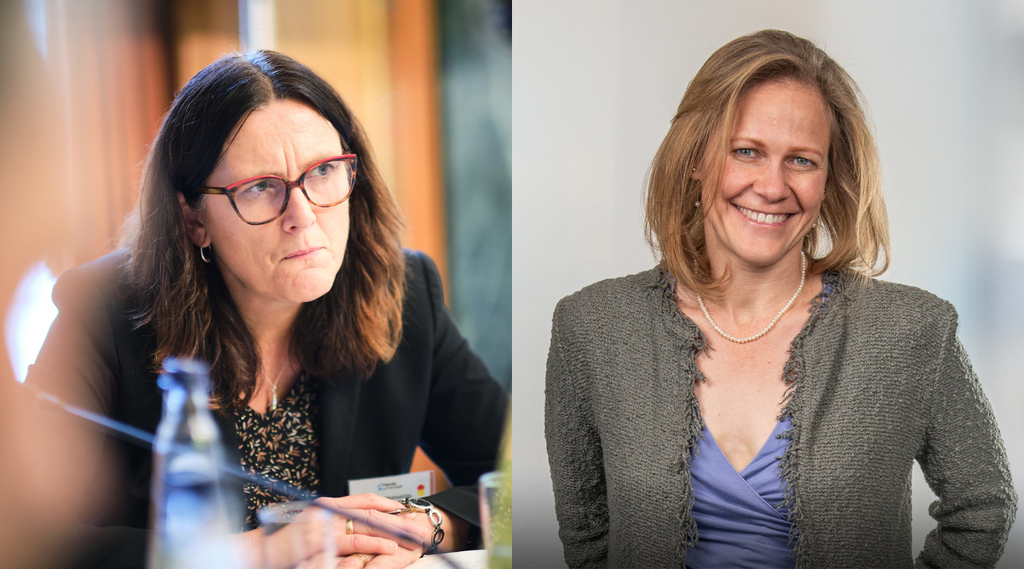
Past event Online
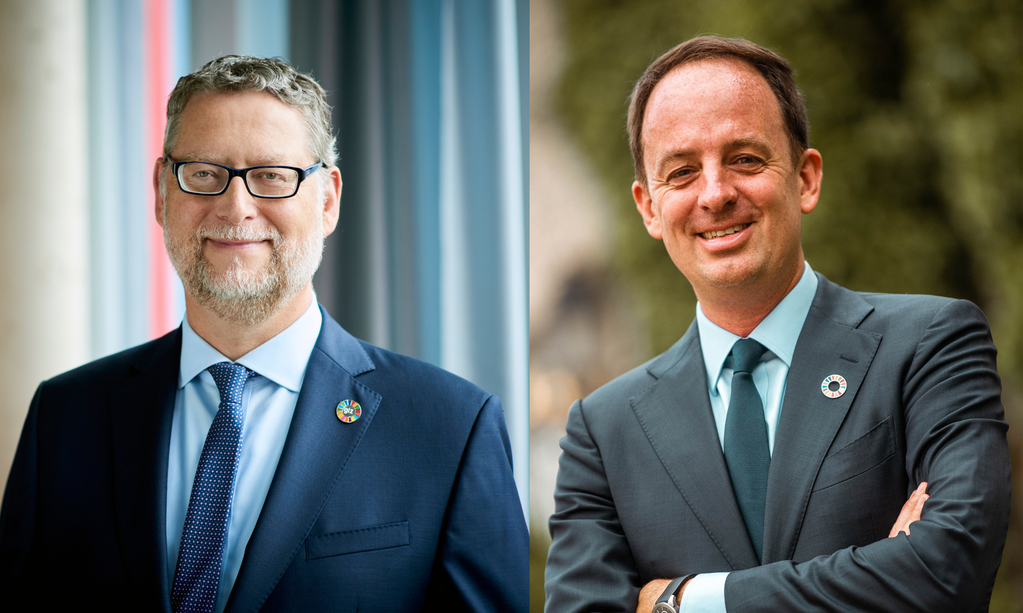
Past event IN PERSON & ONLINE

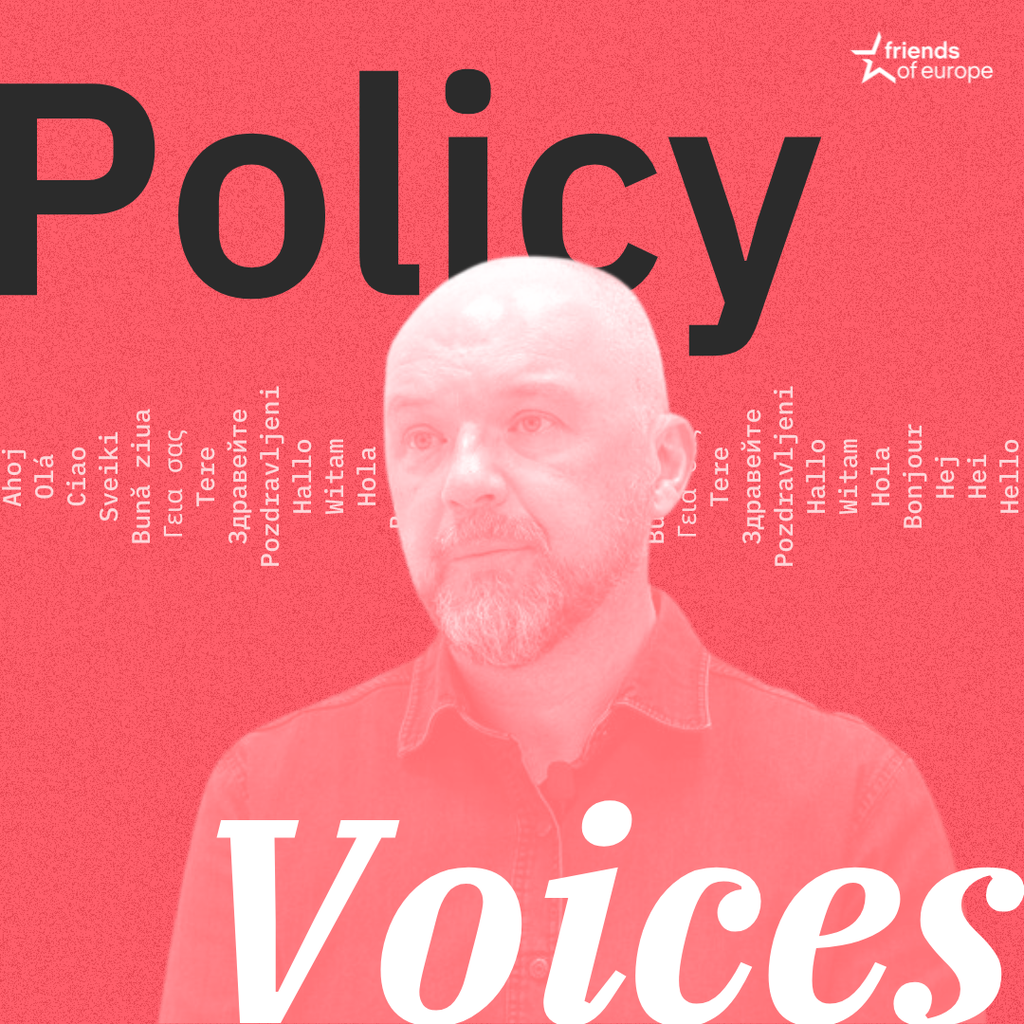
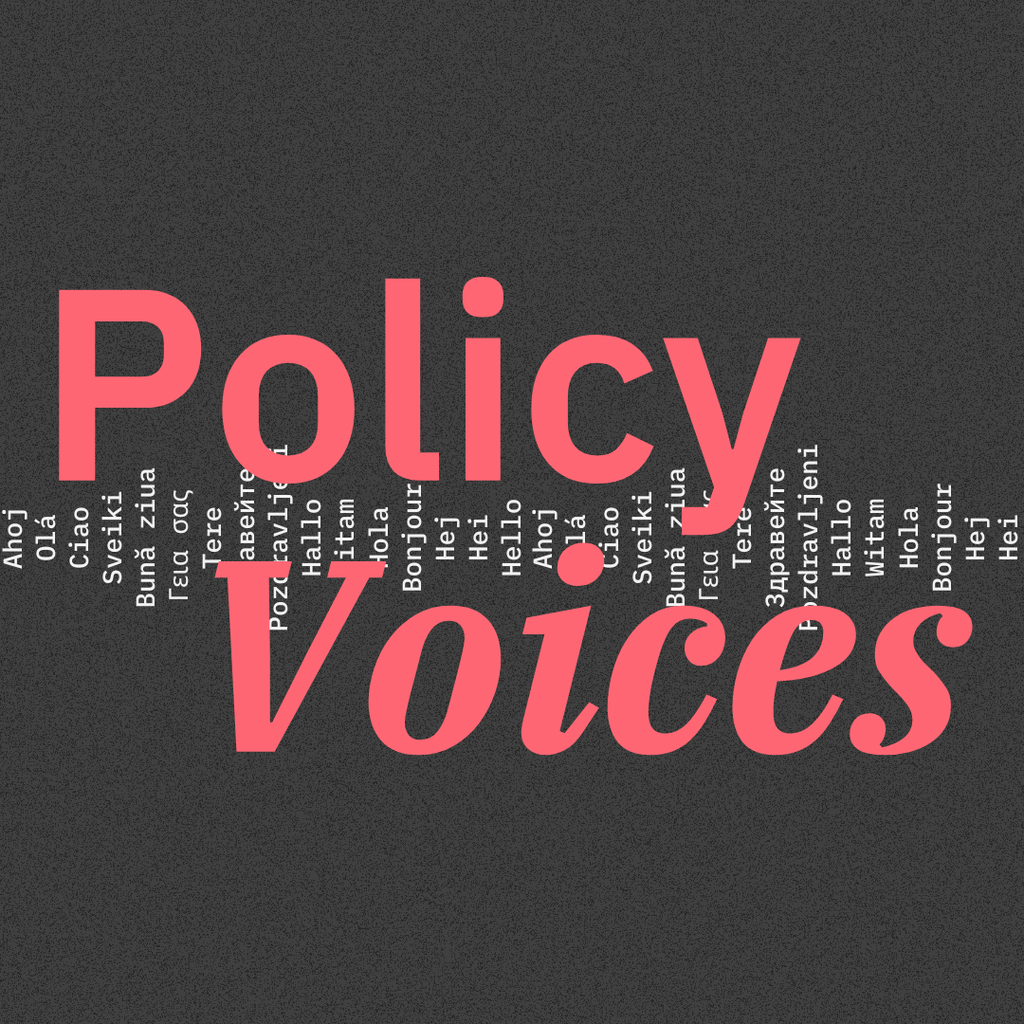
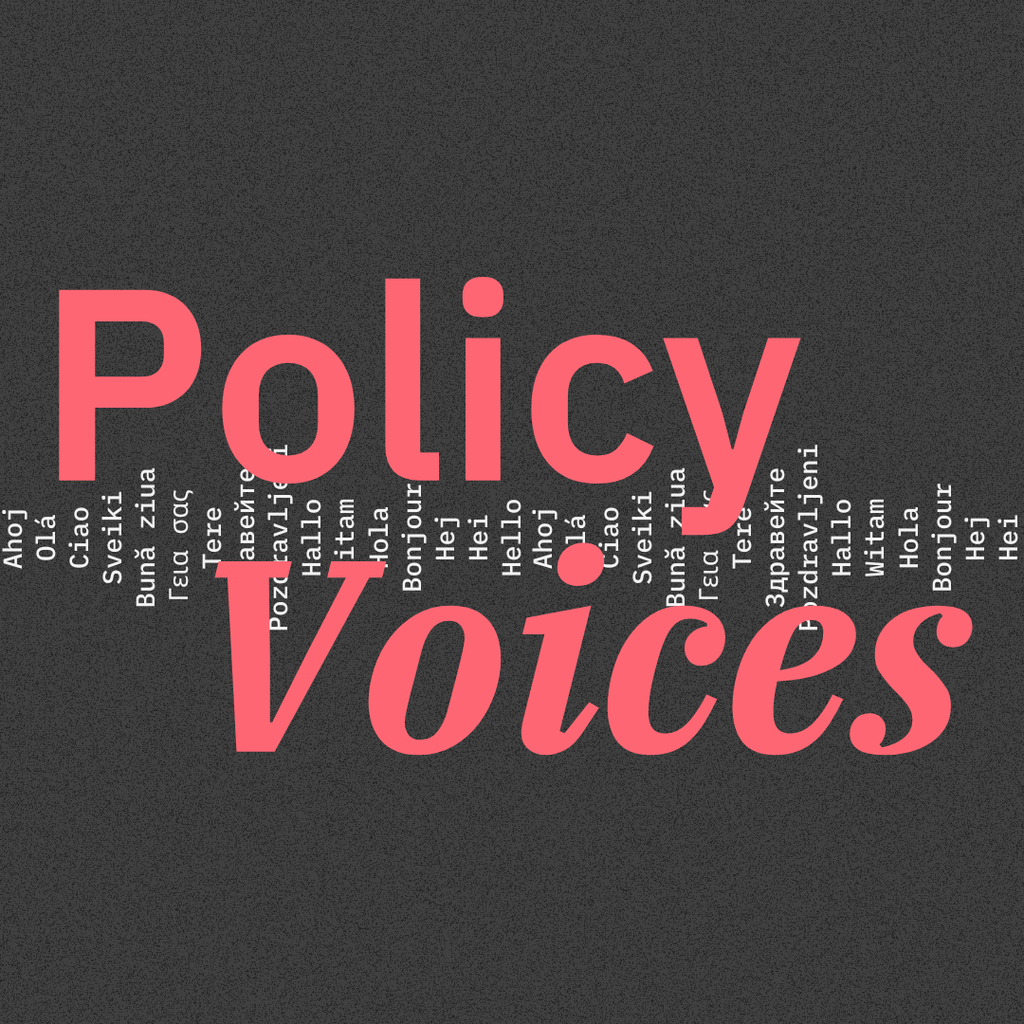

Stay informed
We use cookies and similar technologies to adjust your preferences, analyze traffic and measure the effectiveness of our campaigns. Learn more about our privacy policy.